This story is part of Plugged In, CNET’s hub for all things EV and the future of electrified mobility. From vehicle reviews to helpful hints and the latest industry news, we’ve got you covered.
About 150 new cars with a plug are coming to US showrooms between now and the end of 2026. That might be a record expansion for the industry — and a record opportunity for you to either find the perfect EV or get completely overwhelmed.
Below are the 18 plug-in cars that I’m most looking forward to in 2023, because they’re likely to make a mark on the electric car landscape. This list includes pure electrics and hybrids, but does not get into the weeds on range, as that’s becoming less different between pure electric cars at roughly 225-300 miles, ample for the average driver to charge once every few days most of the time. And be careful with the old assumption that you can cut any prices I mention with a tax benefit, as the byzantine new federal tax credit strategy needs some time to reshape the market.
Let’s start with GM, because it will arguably steal the most new EV spotlight in 2023.
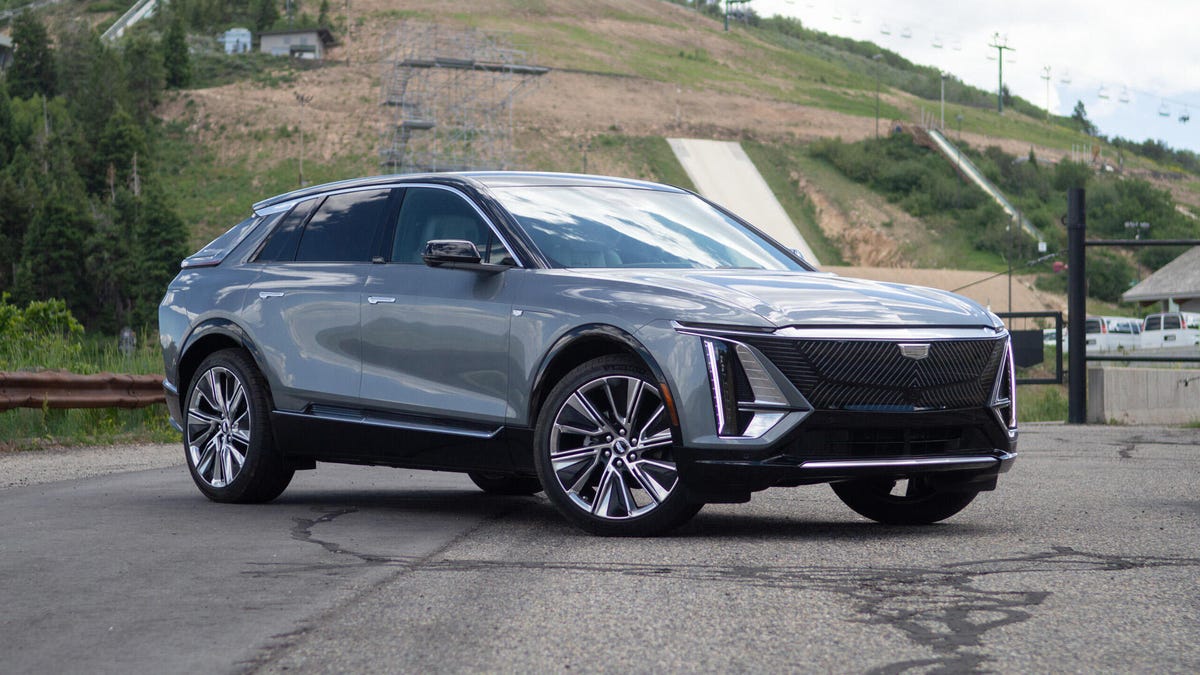
A lot rides on the new Lyriq, both for GM’s electrification program and Cadillac’s role as the flagship.
Andrew Krok/CNET
Cadillac Lyriq
The Cadillac Lyriq sort of sneaks onto my list since it lightly hit the market in late 2022, but will really make its presence known in 2023. This midsize SUV will be GM’s first vehicle based on the new Ultium battery platform, which uses interesting pouch cells in a modular skateboard arrangement rather than the traditional cylindrical cells that dominate the EV industry. GM says that and other details will allow Ultium to scale up and down its lines. GM also needs Ultium to put a lot of distance between it and the completely different battery architecture that underpins the Chevy Bolt and all its nasty fire headlines. The Lyriq is the first step in that journey, starting at about $63,000.
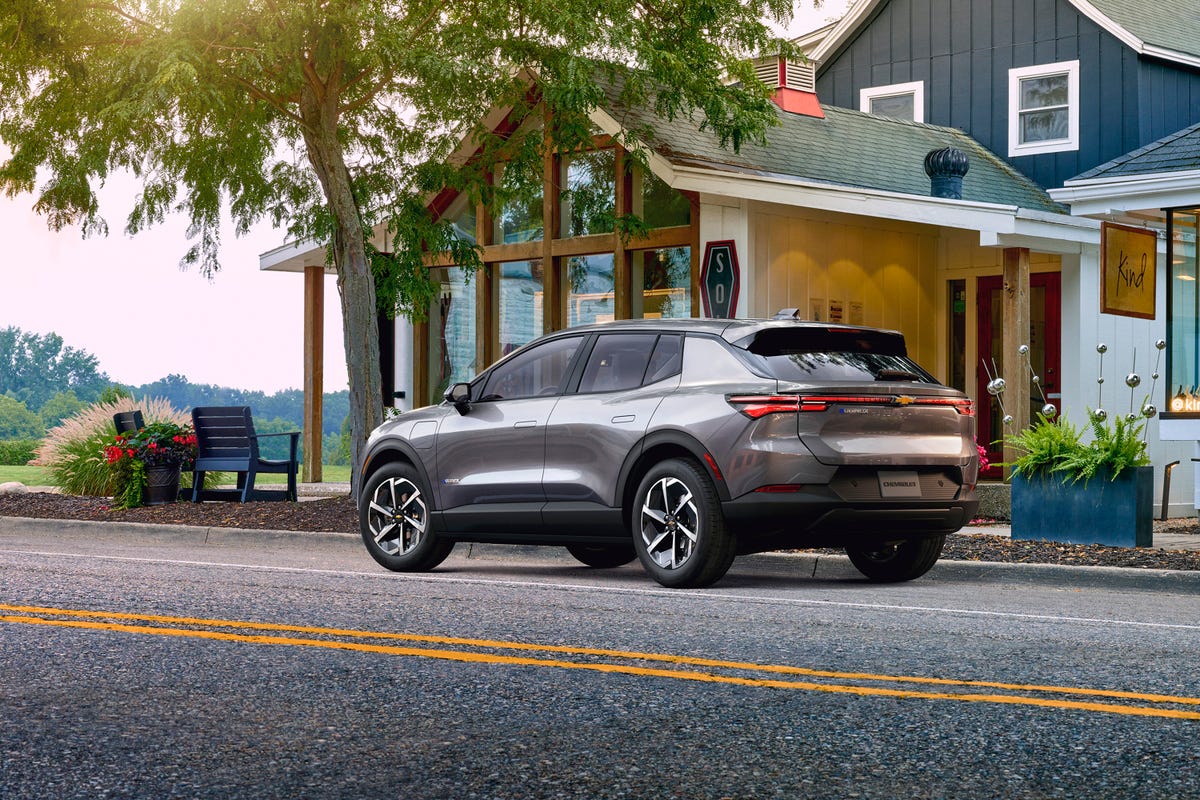

I much prefer the Equinox without the two-tone color schemes it’s often shown with.
Chevrolet
Chevy Blazer and Equinox
The Equinox will be the less expensive of these two, which are often mentioned in the same breath, a compact crossover that looks either great or tacky depending on the paint scheme. It will start around $30,000 for the base configuration with 250 miles of range, though pricier versions can go 300 miles. That higher range model also has an important charger upgrade that can stuff 51 miles back into the battery in an hour, an important metric since it means the average person can get a day’s worth of driving even if they don’t plug in until they jump in the shower before heading to work.
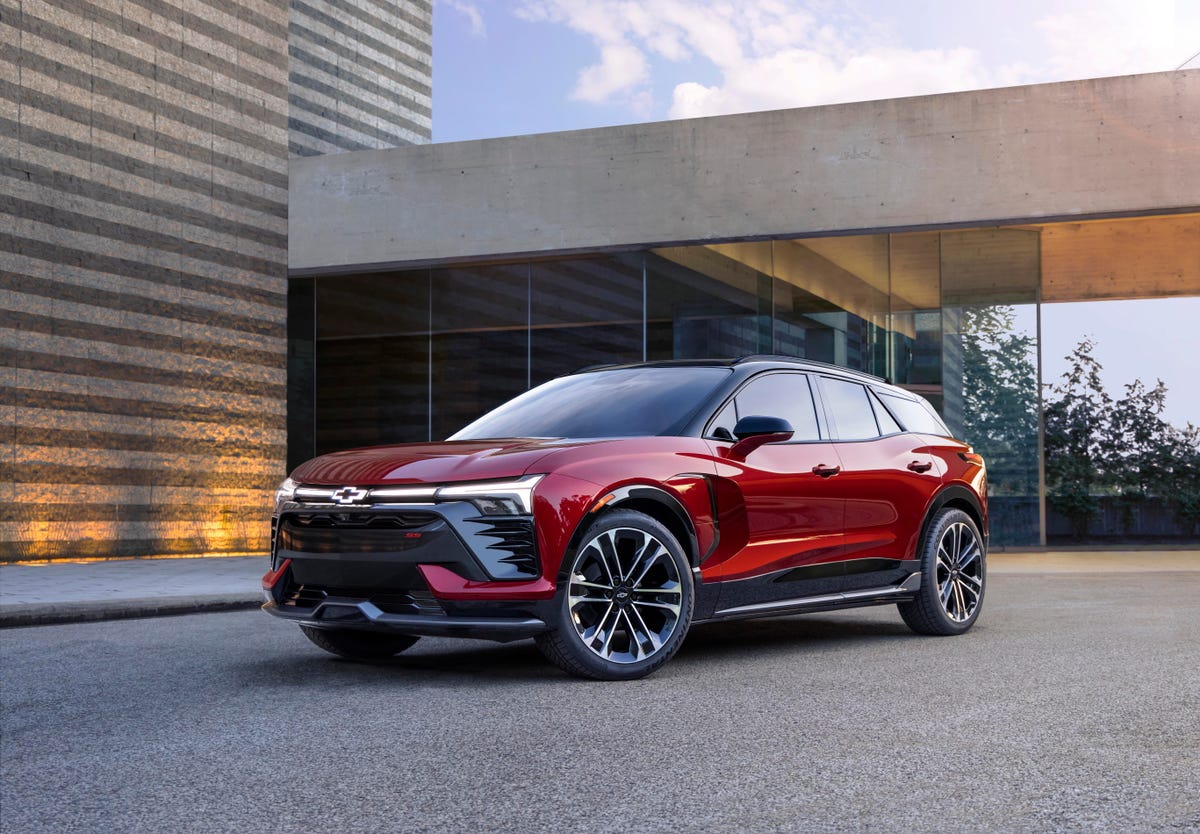

Coming for the popular Ford Mach-E, the new electric Blazer is said to have Camaro DNA.
Chevrolet
The Chevrolet Blazer EV is more ambitious and slightly larger than the Equinox, inspired by the Camaro in an answer to Ford’s Mustang Mach-E. The electric Blazer is a completely different vehicle from the current gas-burning Blazer, not a retrofit. It will boast 557 horsepower and 648 pound-feet of torque and hit 60 mph in under 4 seconds when in WOW mode, which stands for Wide Open Watts. We’ll run into a similar fun-centric focus with Dodge in a moment.
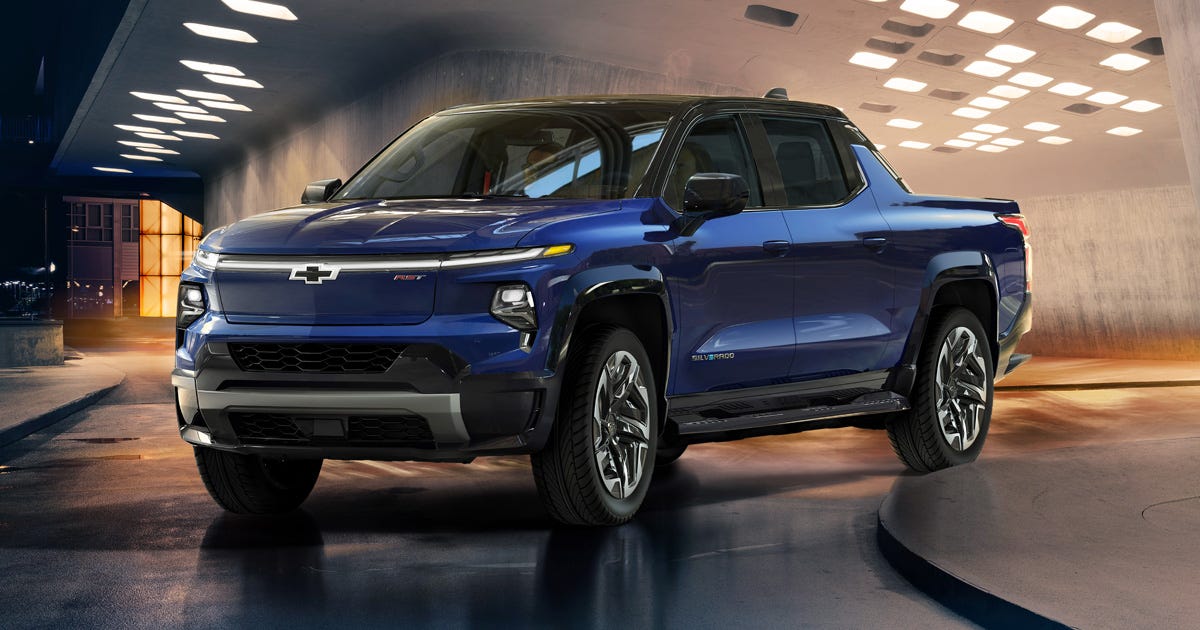

You can’t have a battle of one, so the Silverado EV will start the plug-in truck wars when it arrives to challenge Ford’s F-150 Lightning starting in 2023.
Chevrolet
Chevrolet Silverado EV/GMC Sierra EV
These are a big deal, because Ford got there already and we all want to see how GM will use its second mover advantage. The arrival of these two electric full-size trucks will formally bury the old idea that such vehicles would be a tough sell in America. The Ultium-based electric Silverado will hit the market in spring 2023, followed by the electric Sierra later in the year, supply chain willing. Ford has already had two major price hikes on the F-150 Lightning, so any pricing on the GM trucks would seem to be premature speculation at this early stage.
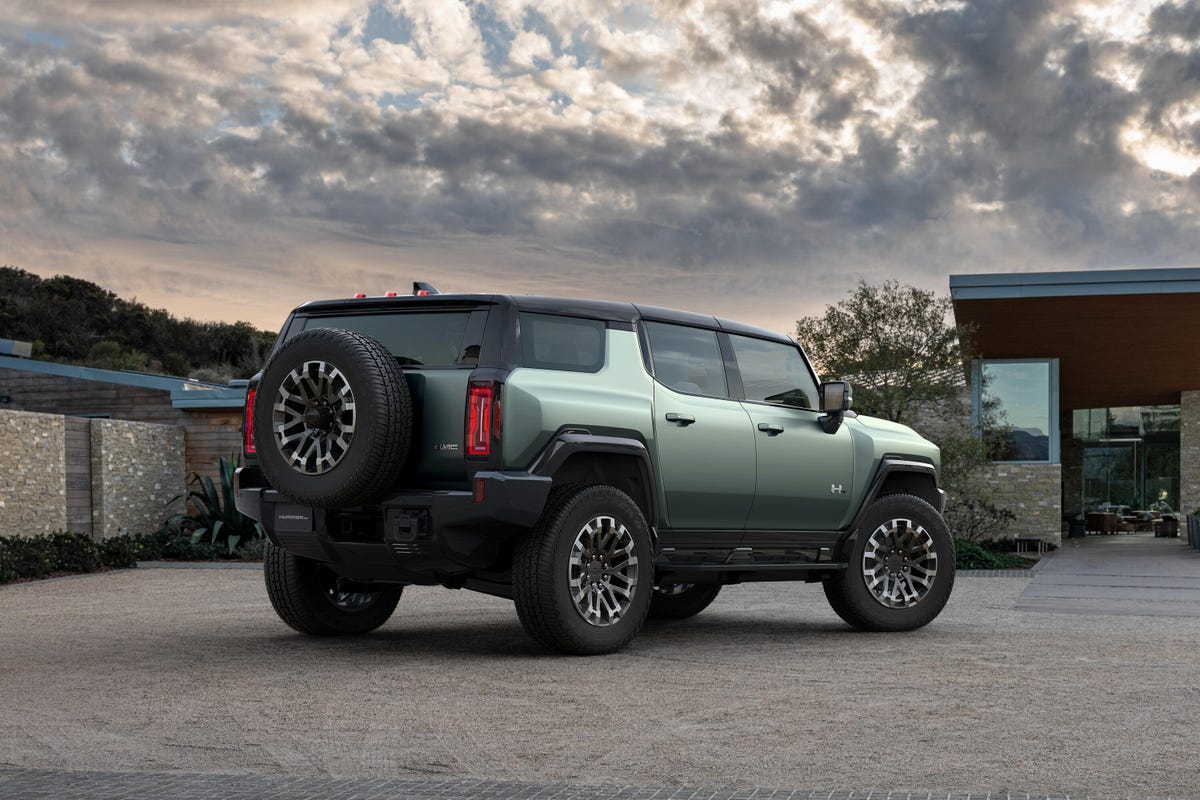

The entire Hummer line is something of a gimmick in my mind, but the electric SUV model should be more important than the already arrived pickup.
GMC
Hummer electric SUV
I guess the electric Hummer SUV has to go on this list, though I think it’s merely a niche product with great profit margins. That said, the SUV body style of this electric monster should be more relevant than the existing pickup.
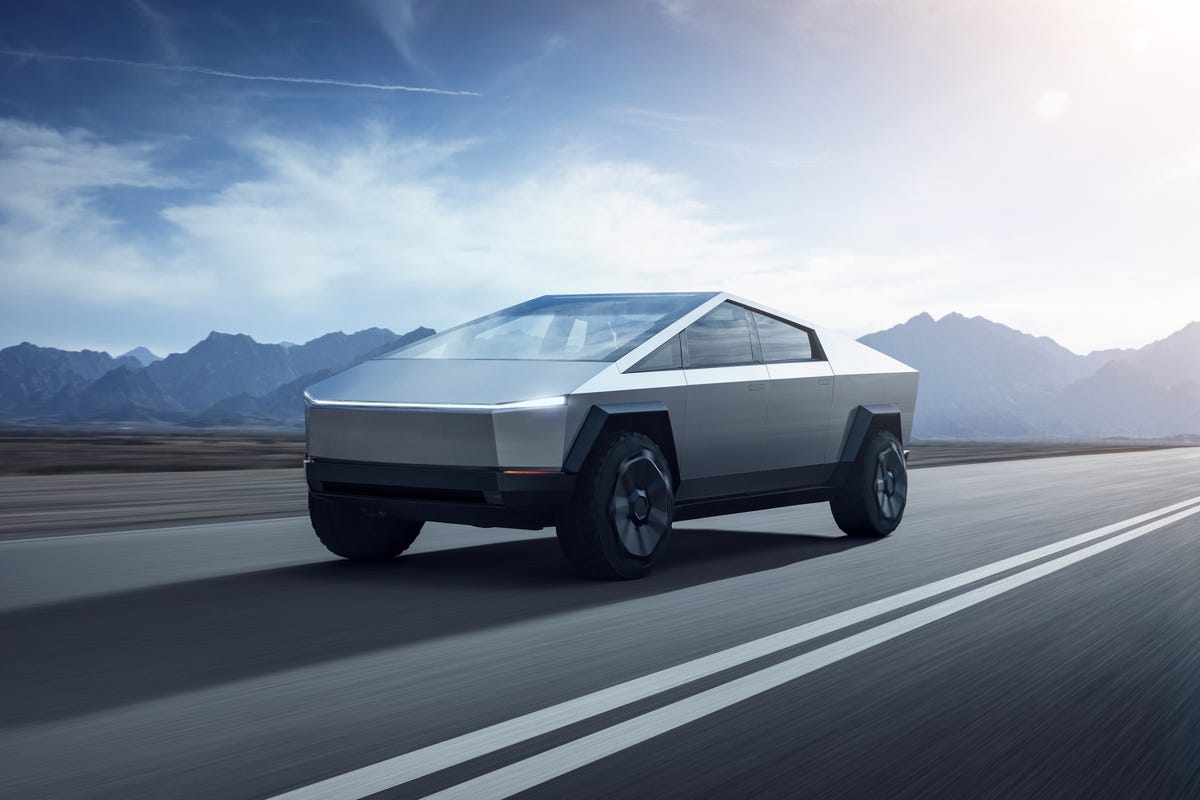

Three years later, the Cybertruck still makes little sense to me, though I have to acknowledge that it will have no problem finding scads of initial takers. But how many will be collectors and flippers?
Tesla
Tesla Cybertruck
Like a Twitter acquisition on wheels, it’s hard to know where things stand with the Cybertruck, three years after it was introduced and inadvertently vandalized on stage. Elon Musk recently said it’s coming in 2023 and, while I remain unconvinced that it will appeal to enough people to be a major player, it could be the biggest new EV story of 2023 based on hype and intrigue.
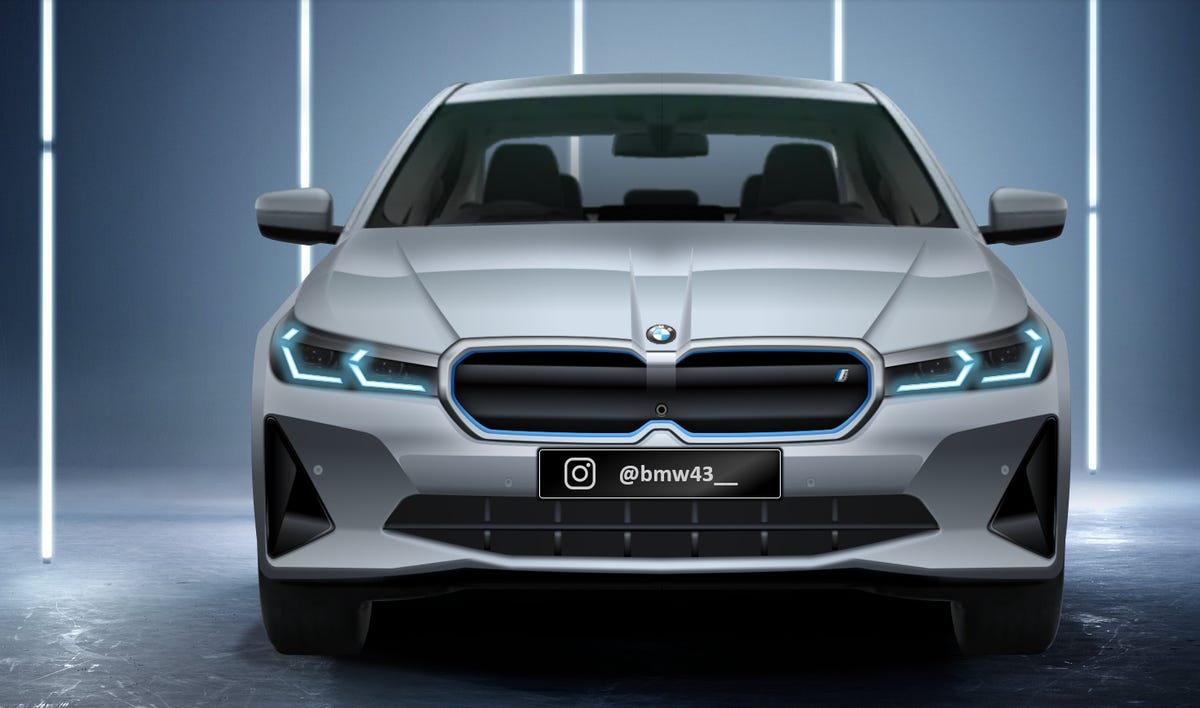

BMW fan @BMW43 has created this popular rendering of what an electric 5 Series might look like.
@BMW43
BMW i5
BMW i cars began as niche oddballs in the nerdy early days of EVs, like the dorm fridge-shaped i3 and pseudo-supercar i8, but with the iX, i4 and i7 the company has done a 180 toward mainstreaming EVs. The i5 will be an electric version of its 5-Series which, being a sedan, would normally make it less of a bellwether in the US market. But the 5 Series is no ordinary sedan, still carrying a lot of BMW brand power. As of this writing, the i5 is (substantially based on rumor) hoped for in late 2023.
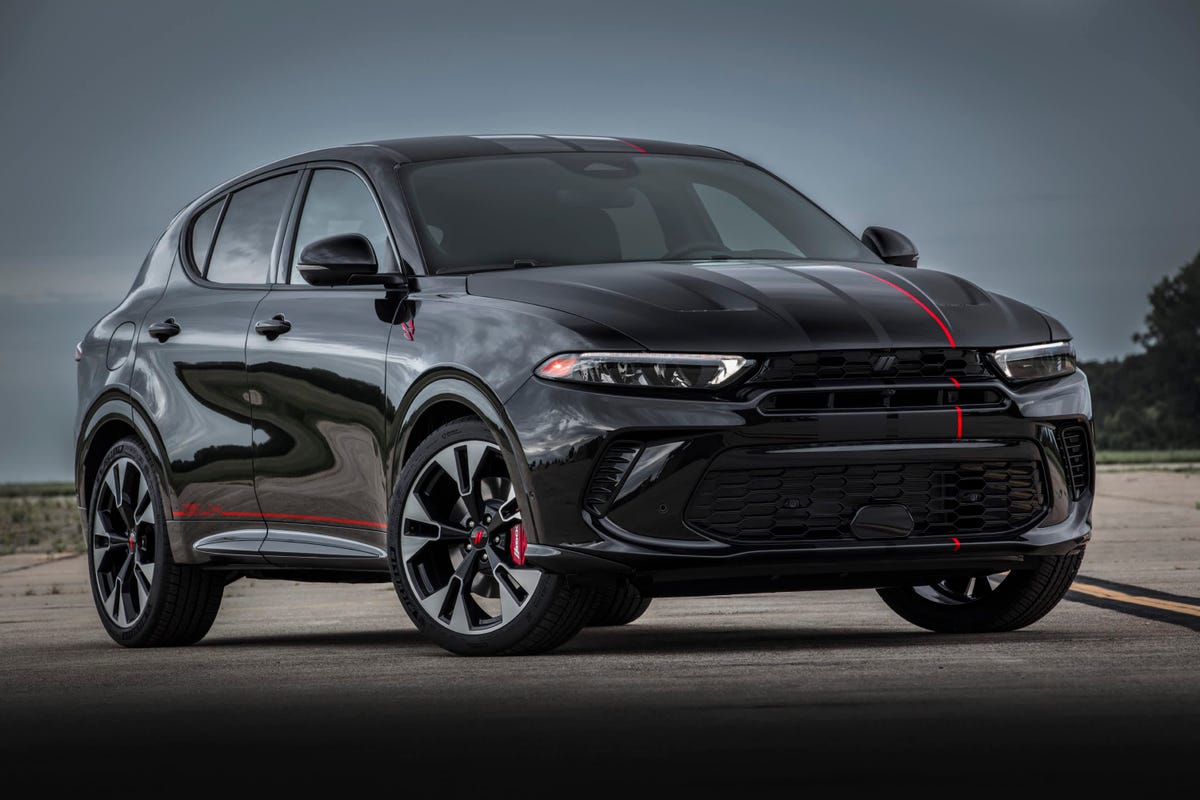

The Hornet will be the first electric Dodge and the R/T trim seeks to establish a new benchmark for low-cost plug-in thrills.
Dodge
Dodge Hornet R/T
The Hornet R/T is a sport crossover that seeks to inject some fun into your tree hugging. Dodge says it will be the quickest, most powerful compact utility under 30 grand. I think it looks great and the R/T has a catchy gimmick: PowerShot, a paddle-and-pedal-activated 15-second dose of 25 extra HP and torque to drop a second off a 0-to-60 sprint.
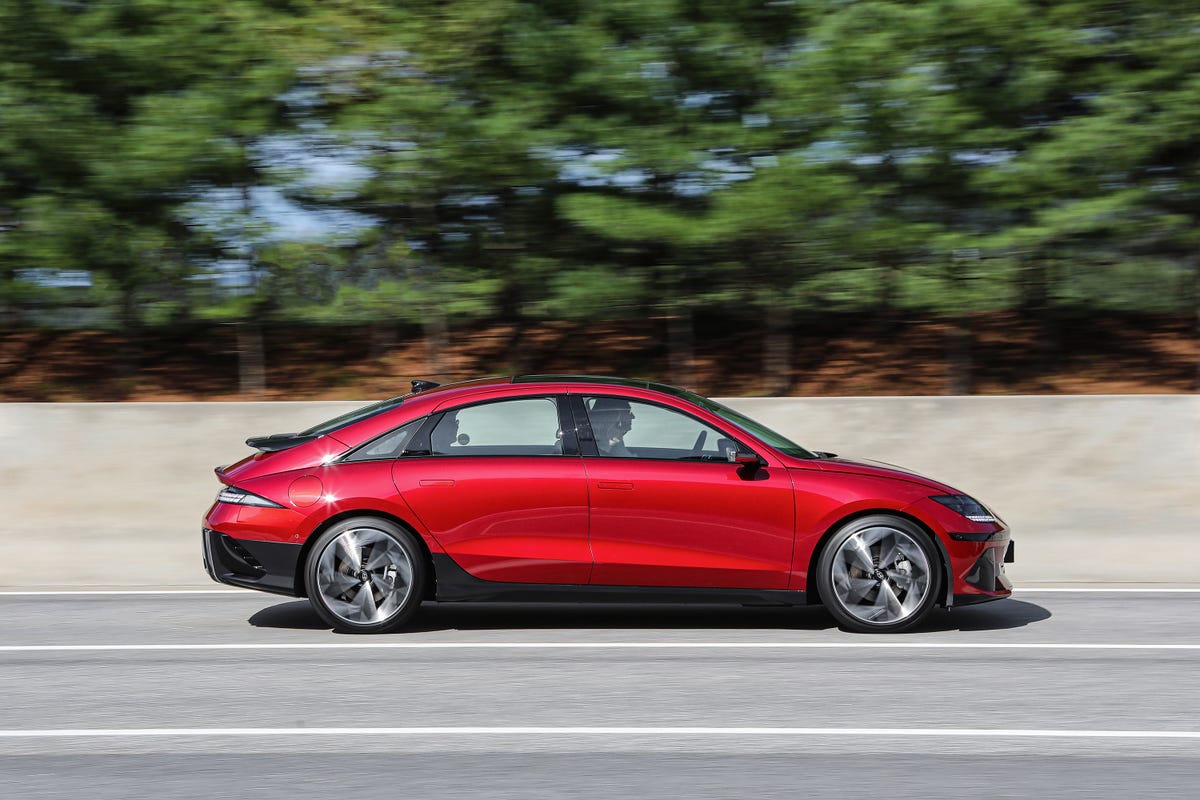

Ooooff. Not sure they nailed it in the styling department with the new Ioniq 6.
Hyundai
Hyundai Ioniq 6
The Ioniq 6 will move Hyundai out of the thin role of having just one electric-only model, the ioniq 5, which we call “hella impressive.” But the Ioniq 6 looks like it came from a completely different company that put a Panamera and Citroen DS into a juice press. I don’t love the result, but the latest Hyundai Sonata took a while to grow on me, too. Hyundai has a decent track record of proving skeptics wrong, from its emergence from laughing-stock status in the ’80s to the growing cred of its Genesis sub brand.
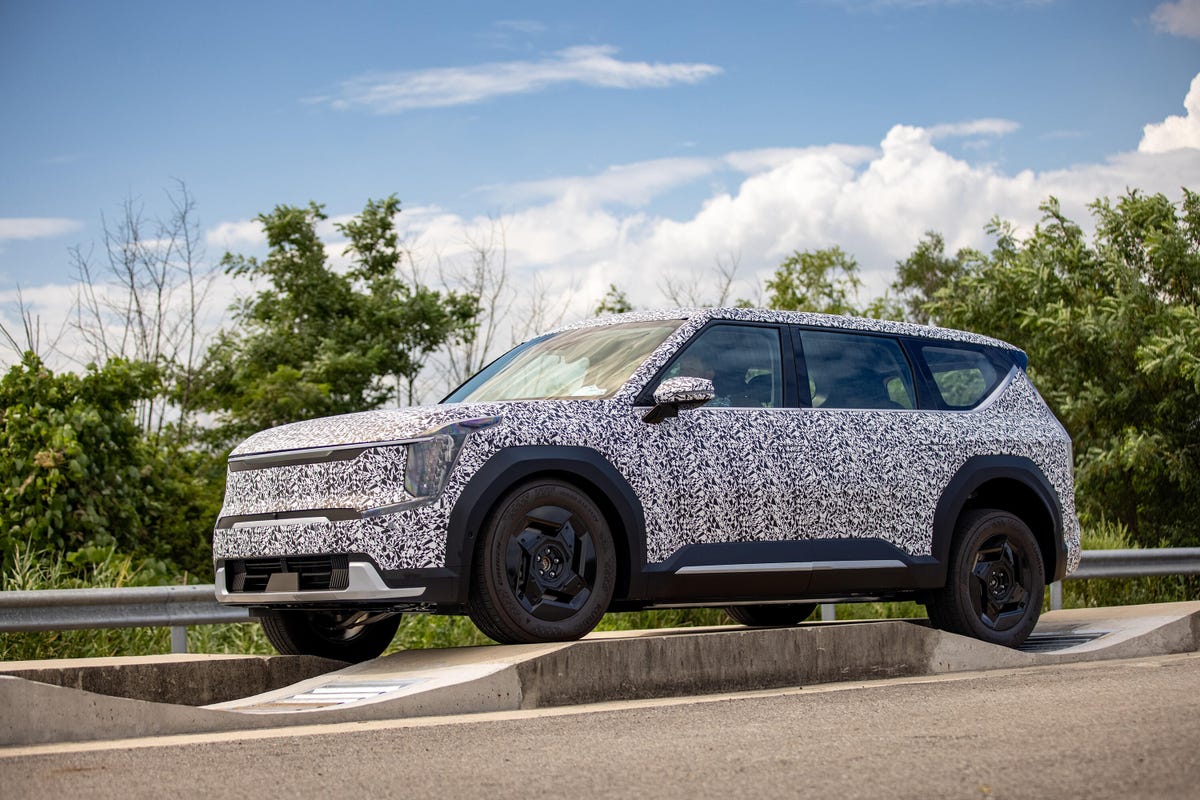

The EV9 clearly seeks to offer an electric SUV to fans of the highly successful Telluride.
Kia
Kia EV9
The EV9 is exciting because it’s bold. Looking very generally like an electric version of the smash-hit Telluride conventional SUV, it seems to be coming to market in a form close to the concept version that Kia says was inspired by water. The EV9 probably won’t arrive until late in 2023, pricing TBD.
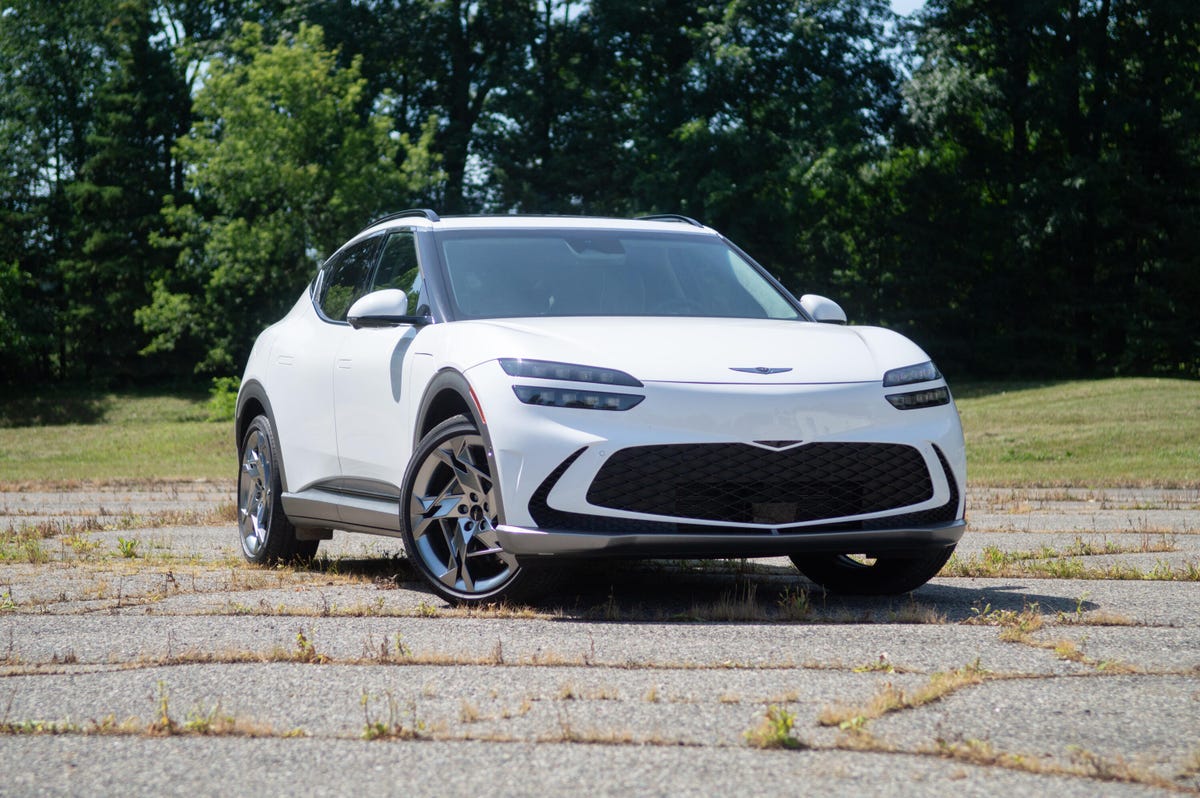

The GV60 is an EV model with saucy looks that is helping propel Genesis into solid legitimacy in the luxury car segment.
Andrew Krok/CNET
Genesis Electrified GV70 and GV60
The GV60 is a battery-only luxury compact crossover, while the GV70 is a slightly larger crossover that’s being made available as an electric version, but not exclusively. The smaller GV60 is slick looking and we give it high kudos. Coupled with the electric GV70 you have a tight one-two punch from a company that has been taken quite seriously lately as a luxury challenger.
Volvo SUV
This speculative model is worth watching, because Volvo has a number of cars with a plug but only one pure EV, the C40 Recharge and its puzzlingly similar XC40 stablemate. The rest of Volvo’s electrified cars are plug-in hybrids. The rumor mill holds that Volvo will soon offer a large electric SUV along the lines of its XC90, which I suspect would find no lack of takers among the brand’s existing customers.
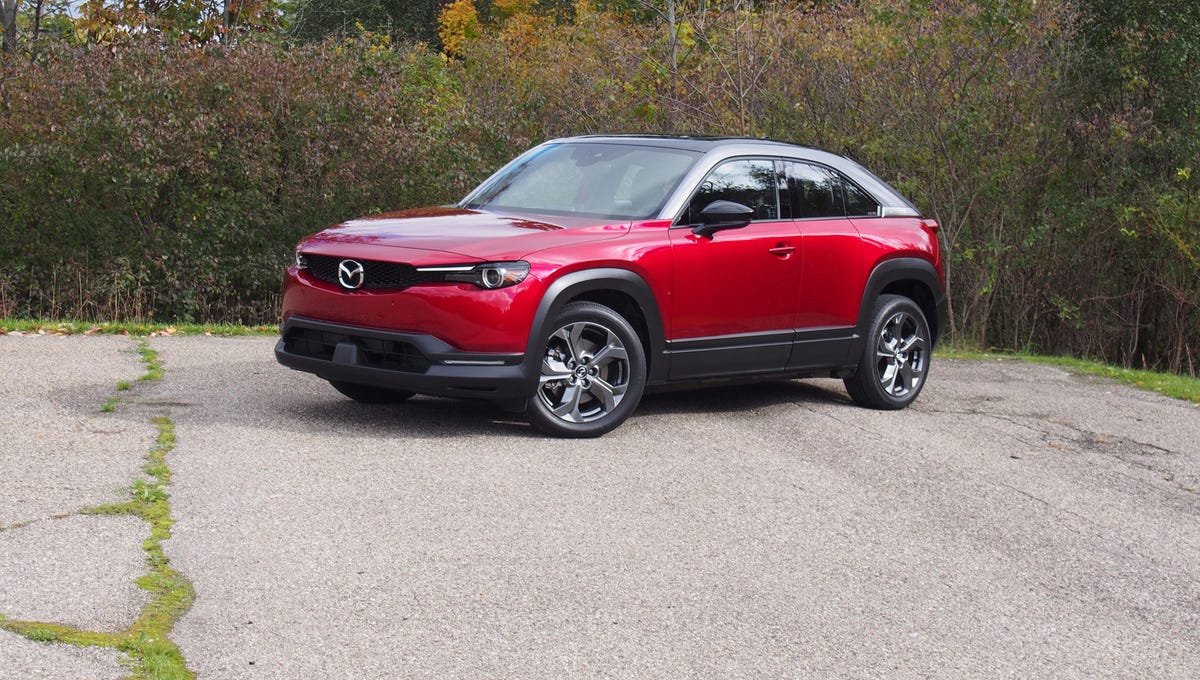

In 2023, the Mazda MX-30 will offer an electric range extender powertrain teamed with a rotary engine, which is going to take some explaining to most consumers.
Mazda MX-30
This new PHEV needs a little explaining as it’s a range extender, meaning its combustion engine is used to run a generator that refills the battery, not to drive the car directly. That’s what the Chevy Volt introduced us to long ago, but Mazda will run its car’s generator from a rotary engine that will be lighter, smaller, quieter and smoother than a comparable piston engine. I’m a little concerned that the electric MX-30’s tech story will be too complicated, as the Volt’s was, so it needs to arrive with great basic specs, which are TBD.
Toyota Prius Prime
A new Prius Prime in 2023 should bring a major styling redesign, perhaps as an SUV with a coupe roofline, and with a more potent plug-in hybrid powertrain. Nobody can popularize PHEVs like Toyota and the company is banking on them to have a bigger role in the future than the current EV mania suggests. I would hope the new Prius Prime sports a battery-only range of at least 45 miles compared to the current range of 25 miles, as that would enable the car to take on enough pure electric range for most peoples’ everyday driving — even if you forget to plug in until an hour before you head out for the day.
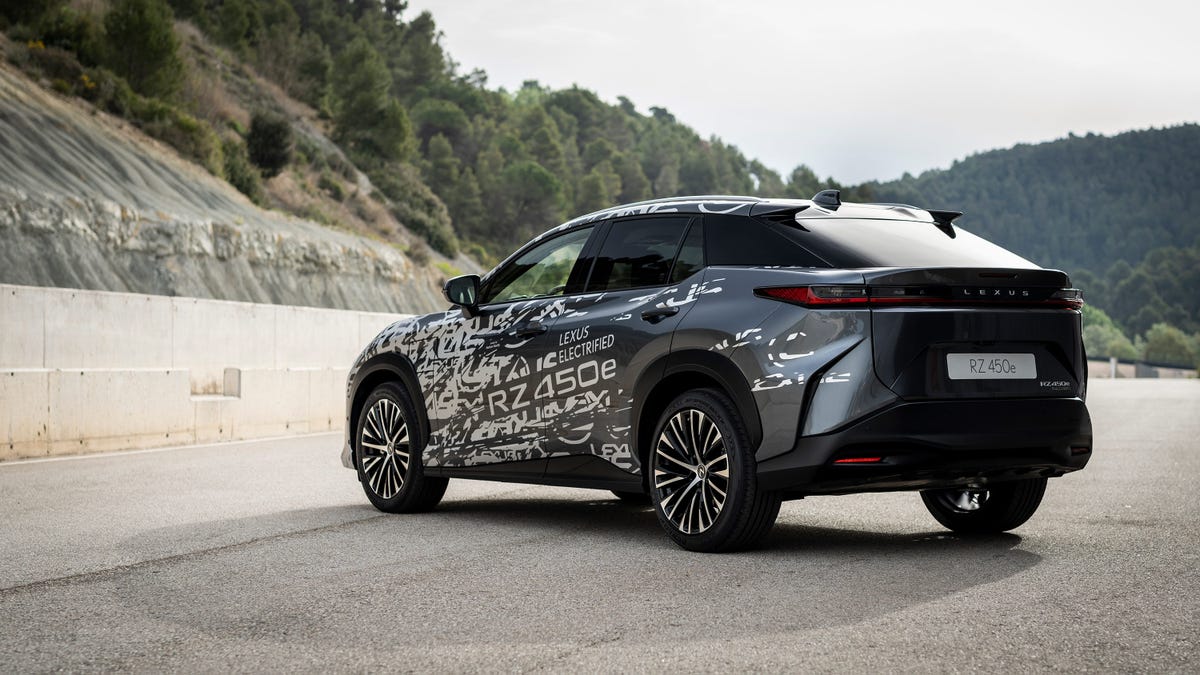

Lexus
Lexus RZ
The Lexus RZ 450e will be the first pure electric Lexus and will sit on the same basic platform as the unpronounceable Toyota bZ4x and Subaru Solterra. Its styling has more edges than your kitchen knife drawer, while the cockpit eschews the current trend toward excessive minimalism. The RZ promises to set a new bar for coordination between its head-up display and direct access buttons on the steering wheel.
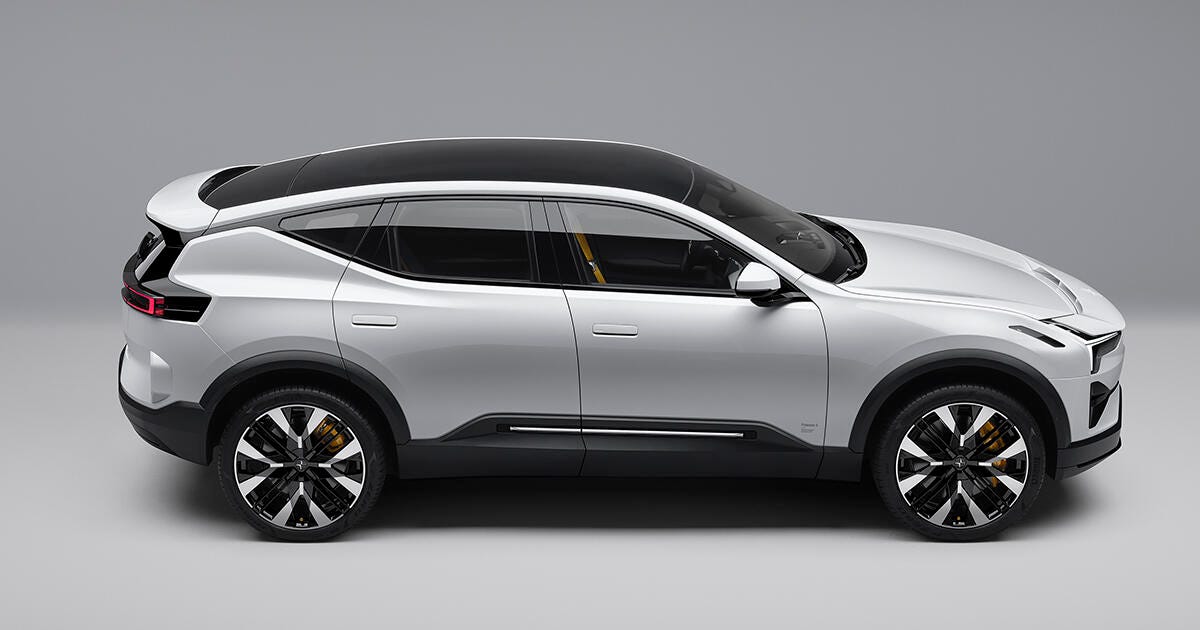

The Polestar 3 is the first model from the Volvo sub brand that pushes all the right buttons for success.
Polestar
Polestar 3 and 4
The electric sub brand of Volvo will deliver its most important car to date in 2023. The Polestar 3 will be a proper crossover, which is overdue for a brand that started with a PHEV luxury sedan that you’ve never seen in the wild, followed by the all-electric Polestar 2 that just looks frumpy to my eye. Also being teased under a drape, below, is an upcoming electric utility vehicle with a coupe roofline, and the wickedly fast Polestar 5, coming in 2024. Polestar has a busy couple of years ahead.
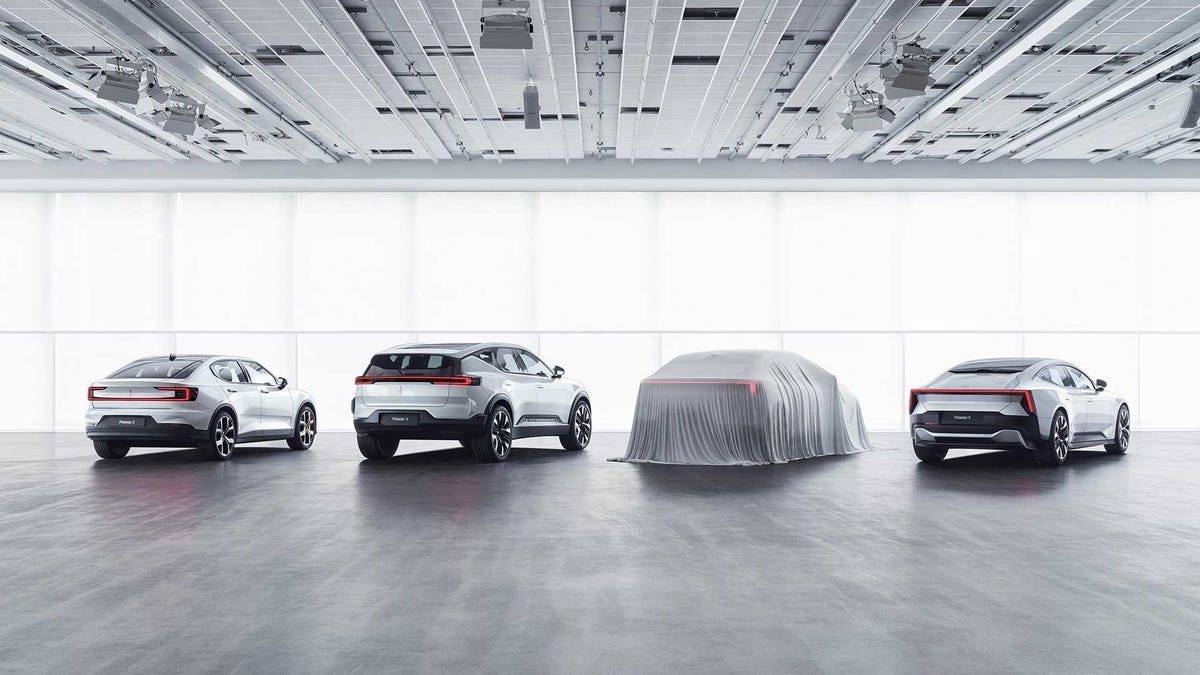

Polestar




